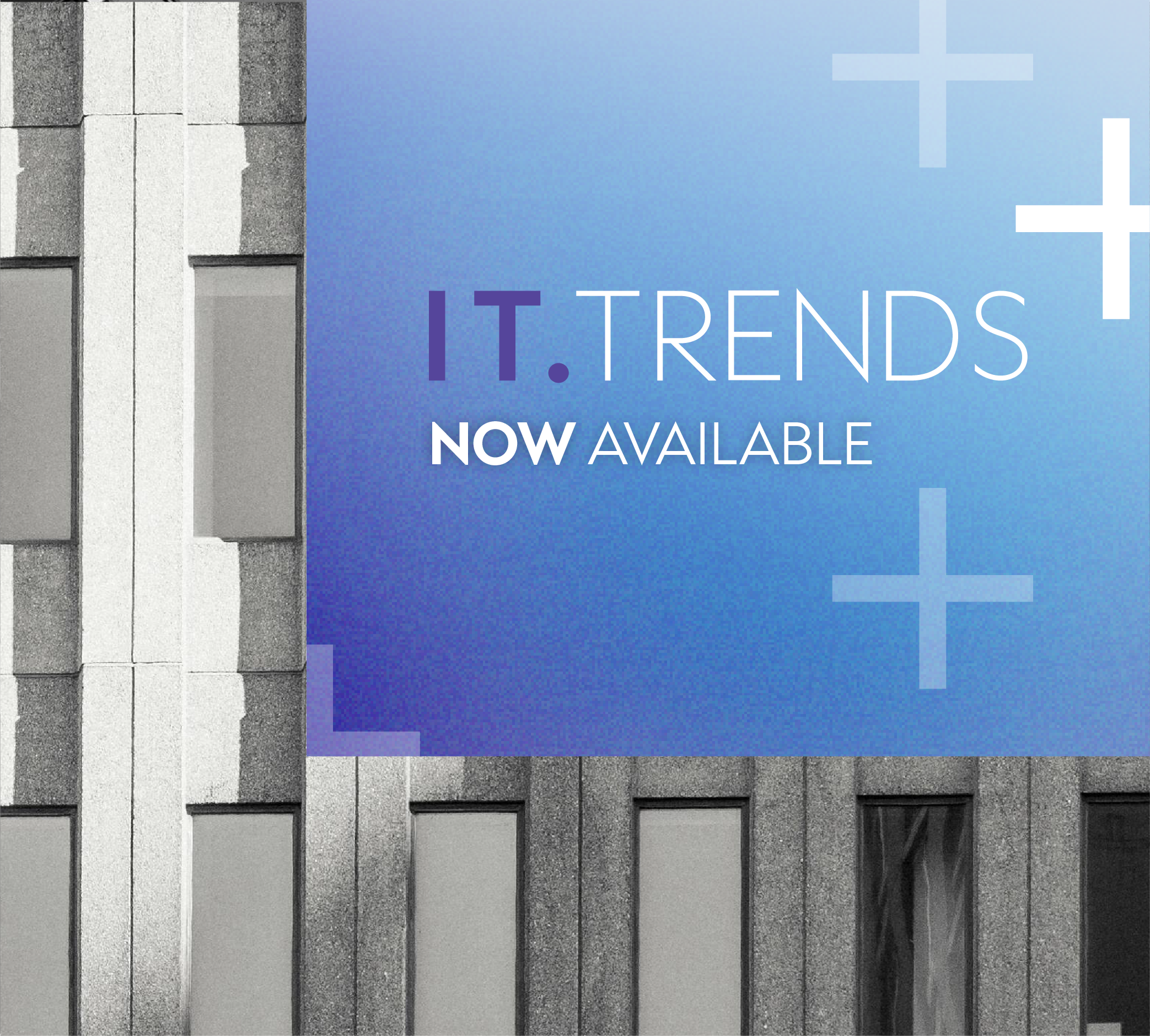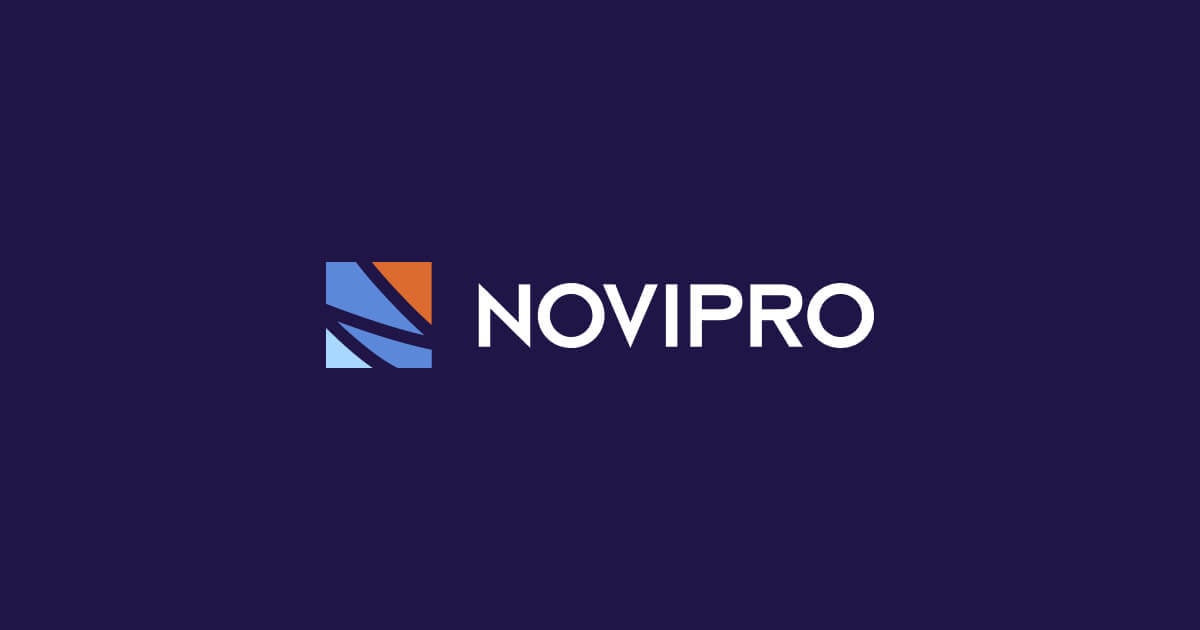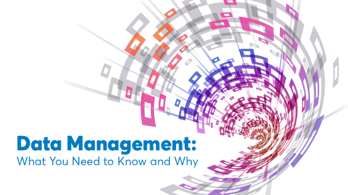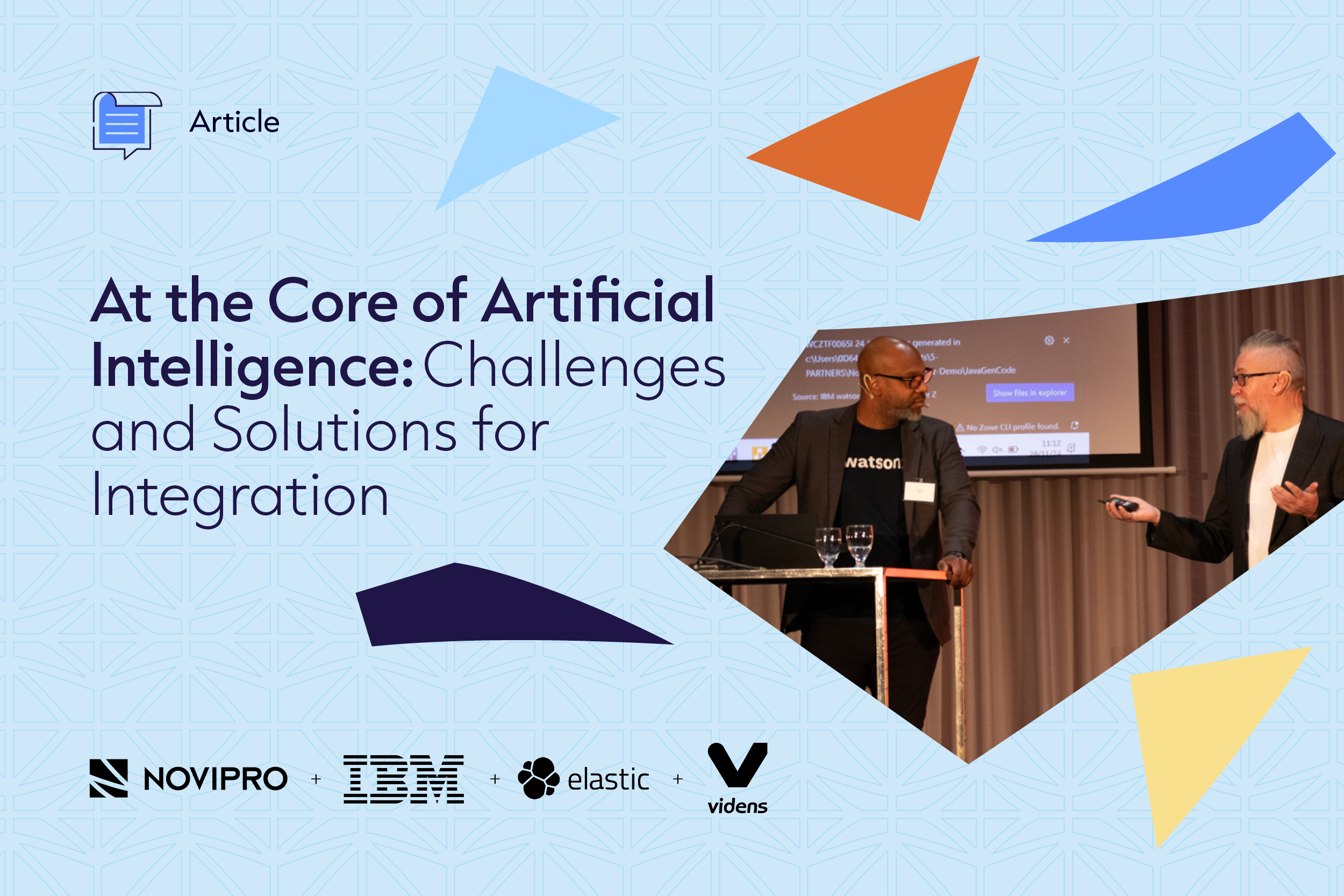In response to COVID-19, governments, businesses, educational institutions and individuals around the world have worked to “flatten the curve” of the virus spread. Although many people continue to suffer from illness and loss, these efforts have proven helpful. And promising treatments, tests and vaccines are in the news daily, giving hope that an end is in sight.
Behind the scenes, countless individuals are working relentlessly to learn as much as possible about the virus. Some efforts focus on how to mitigate damage to our lives and the economy. All these measures involve taking an enormous amount of data and turning it into insights – so that governments, businesses, scientists and researchers will have a more organized, proactive plan and response.
How data management techniques can help
As they collect, consolidate, clean, prepare and analyze data, organizations are finding multiple ways to fight the virus. Some examples of early successes during the pandemic have focused on at-risk populations, contact tracing, healthcare resource optimization and energy demand planning. Let’s look at the role data management techniques have played in these efforts.
Using demographic information to reach out to at-risk populations
Data management software can combine age and population estimates with local tax information, school enrollment and county records to identify vulnerable individuals and families in a community. Automated record de-duplication helps prevent over-counting while ensuring that households are correctly identified. Data quality address validation techniques can reduce and correct invalid addresses. In turn, this information enables service organizations like food banks and local governments to properly identify the most vulnerable people, then reach out to ensure they get the help they need.
| WHITE PAPER | DATA MANAGEMENT : WHAT YOU NEED TO KNOW AND WHY
|
Assisting with contact tracing
Contact tracing involves identifying all the places where an exposed person has traveled. Data management software can combine cell phone usage data with geo-location information. By combining these two data sources, the pattern of an individual’s contact network is pieced together.
While it sounds easy, the accuracy and authenticity of this data is time sensitive – and there are massive amounts of data. Data management filters this big data to the most relevant time periods, enabling government officials to identify, quarantine and test everyone who may have come in contact with an infected person. That helps slow the spread of the disease. This technique has been used to identify “super spreaders” – that is, people who attended events where lots of people were together and unknowingly spread the virus.
Supporting healthcare resource optimization
Data access, integration and prep are some of the techniques involved in collecting and preparing information to assist with health care resource optimization. By collecting population data from voter ID rolls, tax records and census information – and combining it with hospital bed and resource capacity – this data provides a picture of potential needs in a specific area. When this information is combined with data about the status of local shelter-in-place laws and population compliance, a much clearer picture of future demand emerges.
These techniques help us understand where the next hot spots for an outbreak will occur, and who will need scarce resources (and when). This knowledge is critical for making sure people have access to health care, especially ICU beds and ventilators, when they’re needed.
Improving energy demand planning
Energy supply and demand have changed significantly as people moved from working at a business location to working and living in their own homes. Energy suppliers want to ensure uninterrupted service to customers, which often means shifting supply to meet distributed demand. By collecting time series energy production capacity data from renewables and fossil fuels – and combining that information with weather data, demographic information and population density – a picture emerges to show what energy is available and where it will be needed the most. Such data serves as the foundation for more accurate energy forecasting models. As a result, suppliers can prevent energy service interruptions for individuals, local governments and hospitals.
Responding to COVID-19
Data management techniques play a big role in helping us make sense of COVID-19 and our response to it. Ultimately, data analytics will help shape our approach to winning.
To find out more about SAS products: click here










